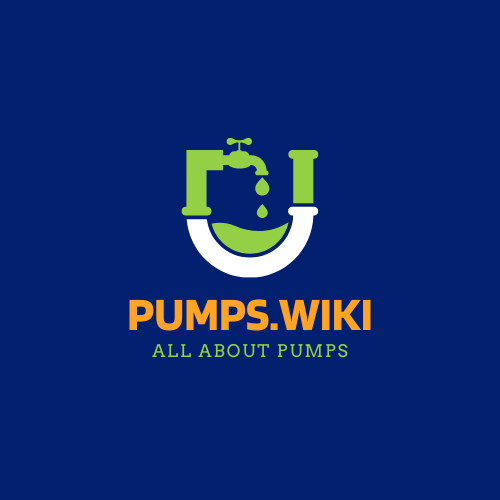Introduction to Sump Pumps
Sump pumps are critical home protection systems designed to prevent water damage and manage groundwater around residential properties. These essential devices work by collecting excess water in a designated pit and actively pumping it away from your home’s foundation, protecting your property from potential flooding and moisture-related issues.
Understanding Sump Pump Functionality
How Sump Pumps Work
A typical residential sump pump system consists of:
– A sump pit or basin
– A submersible or pedestal pump
– Drainage pipes
– Check valve
– Discharge line
The primary function is to prevent basement flooding by redirecting water away from your home’s foundation.
Types of Residential Sump Pumps
1. Submersible Sump Pumps
- Installed directly in the sump pit
- Quieter operation
- More efficient for high-water volume areas
2. Pedestal Sump Pumps
- Motor positioned above the pit
- Lower cost
- Easier maintenance
- Better for smaller water volumes
Key Residential Applications
Basement Water Management
Sump pumps are crucial for:
– Preventing water accumulation
– Reducing hydrostatic pressure
– Protecting against foundation damage
– Mitigating potential mold growth
Crawl Space Protection
Encapsulated crawl spaces benefit from dedicated sump pump systems that:
– Remove excess moisture
– Prevent structural wood rot
– Improve overall home air quality
Installation Considerations
Factors Influencing Sump Pump Selection
- Local water table levels
- Basement/crawl space size
- Regional precipitation patterns
- Home’s geographical location
Professional vs. DIY Installation
While some homeowners attempt self-installation, professional installation ensures:
– Proper sizing
– Correct drainage configuration
– Compliance with local building codes
Maintenance and Troubleshooting
Regular Maintenance Checklist
- Quarterly pit cleaning
- Annual pump testing
- Checking discharge lines
- Verifying backup power systems
Common Issues
- Pump failure during critical moments
- Incorrect discharge placement
- Inadequate pump capacity
Advanced Features
Modern Sump Pump Technologies
- Flood alert phone systems
- Battery backup mechanisms
- Smart monitoring capabilities
- Integrated humidity sensors
Cost and Value Considerations
Investment Protection
- Average residential sump pump lifespan: 7-10 years
- Potential insurance premium reductions
- Significant property damage prevention
Conclusion
Residential sump pump applications represent a critical home protection strategy. By understanding their functionality, selecting appropriate systems, and maintaining them properly, homeowners can effectively safeguard their properties against water-related damage.
Recommended Next Steps
- Assess your home’s specific water management needs
- Consult with professional waterproofing experts
- Schedule regular system inspections
- Consider backup power solutions
Frequently Asked Questions
Do all homes need a sump pump?
Not universally, but recommended for:
– Areas with high water tables
– Regions prone to heavy rainfall
– Homes with basement or crawl spaces
How often should a sump pump be replaced?
Typically every 7-10 years, depending on usage and maintenance quality.
Can a sump pump prevent all water issues?
While highly effective, they’re part of a comprehensive water management strategy that includes proper grading, gutters, and drainage systems.
